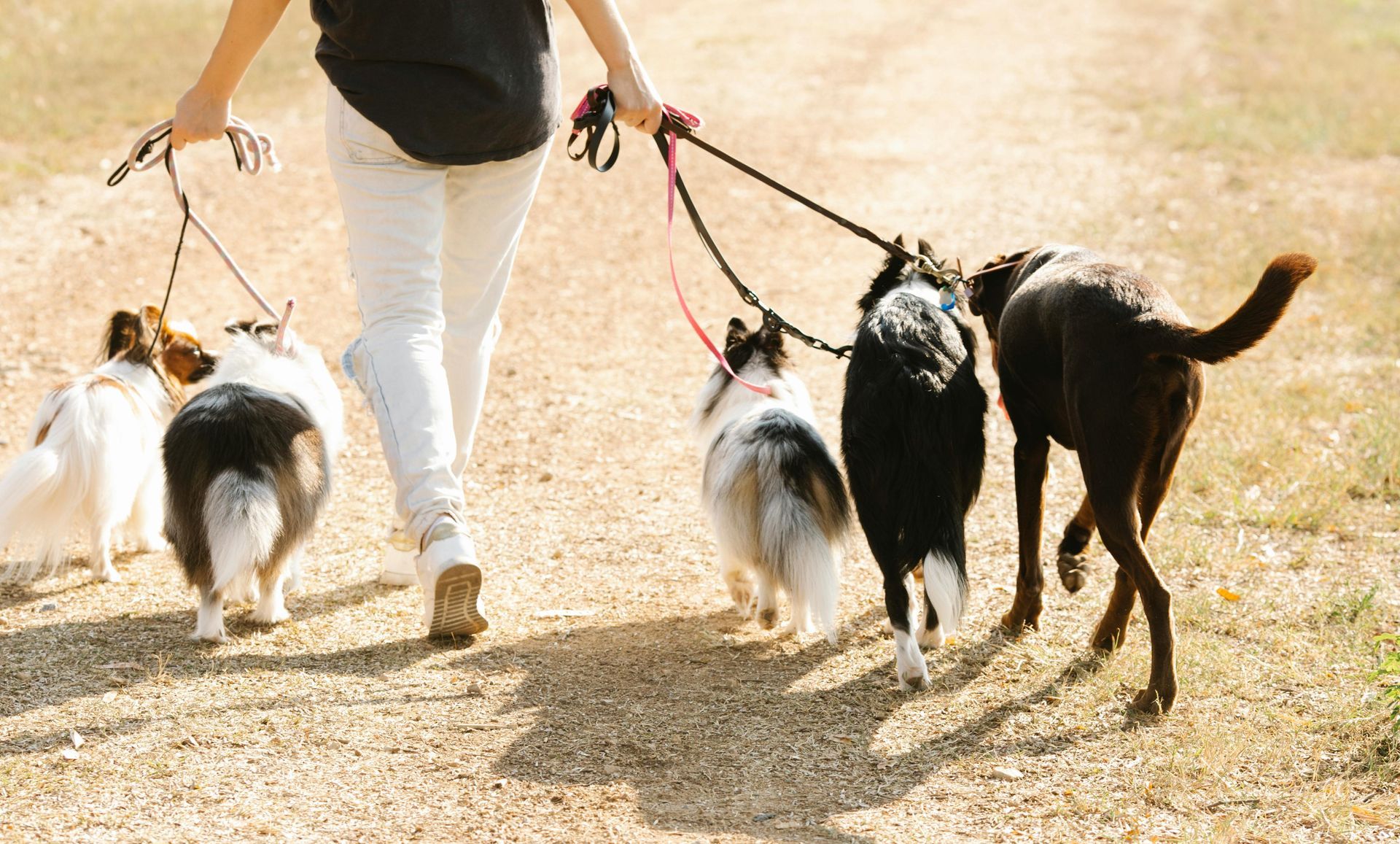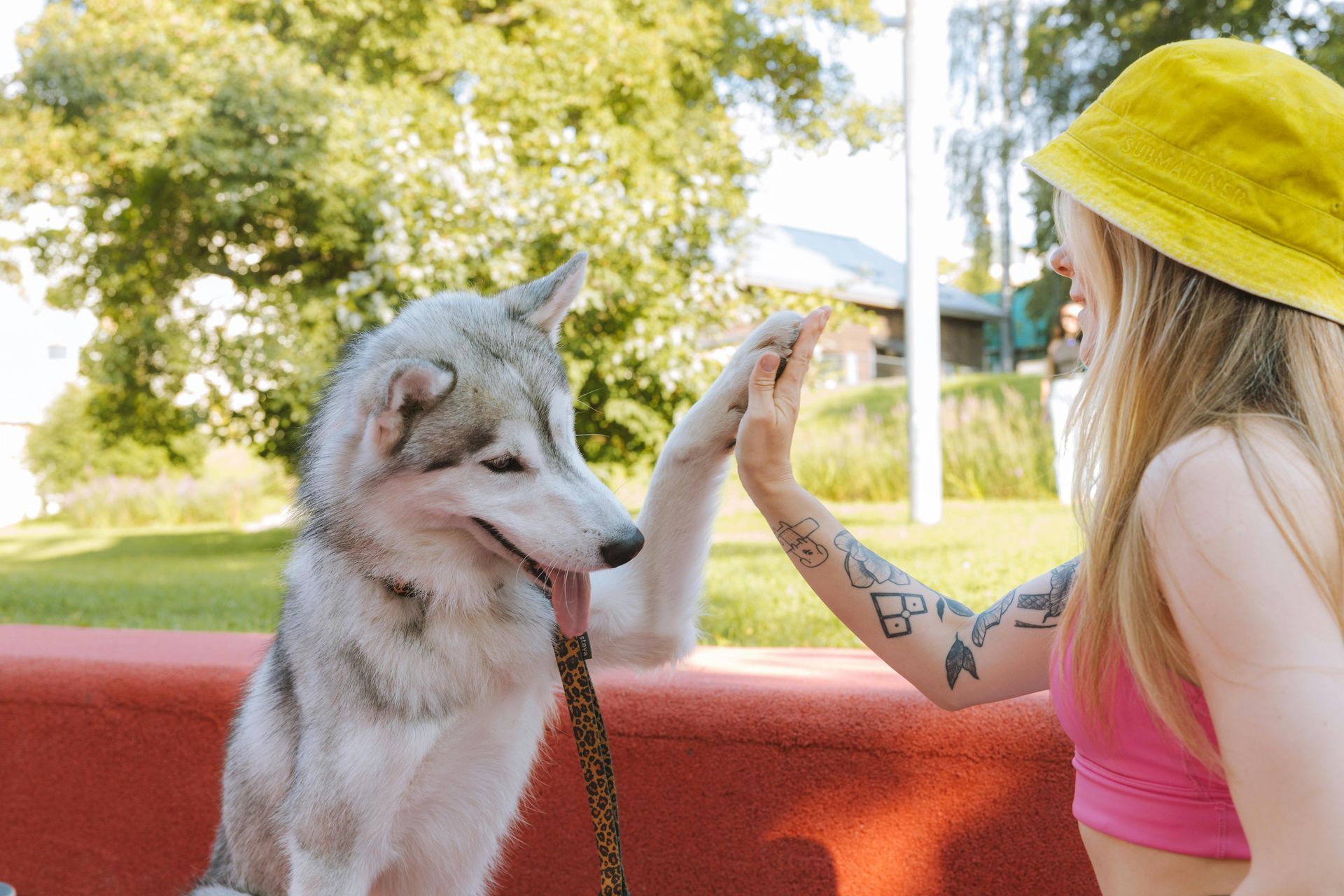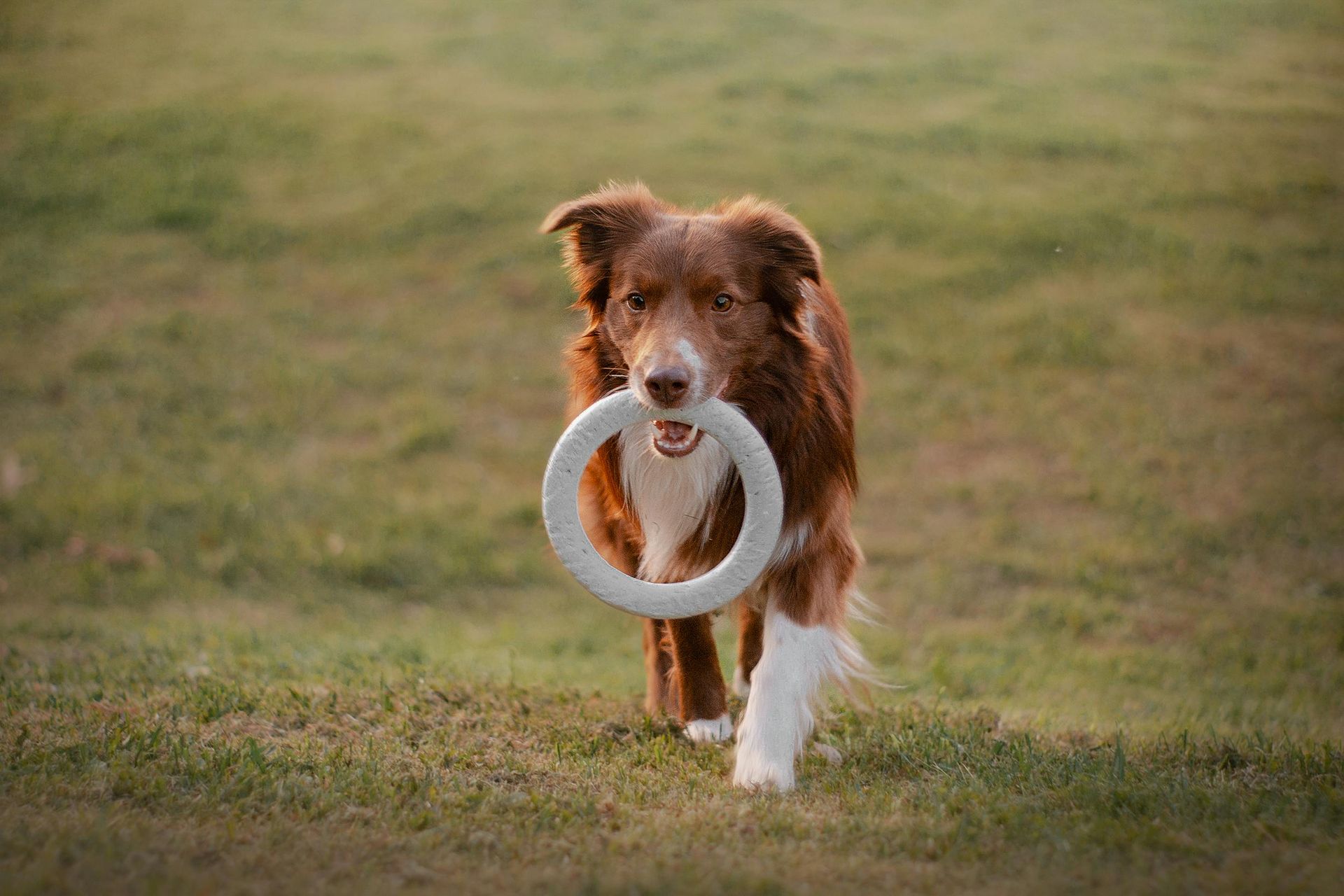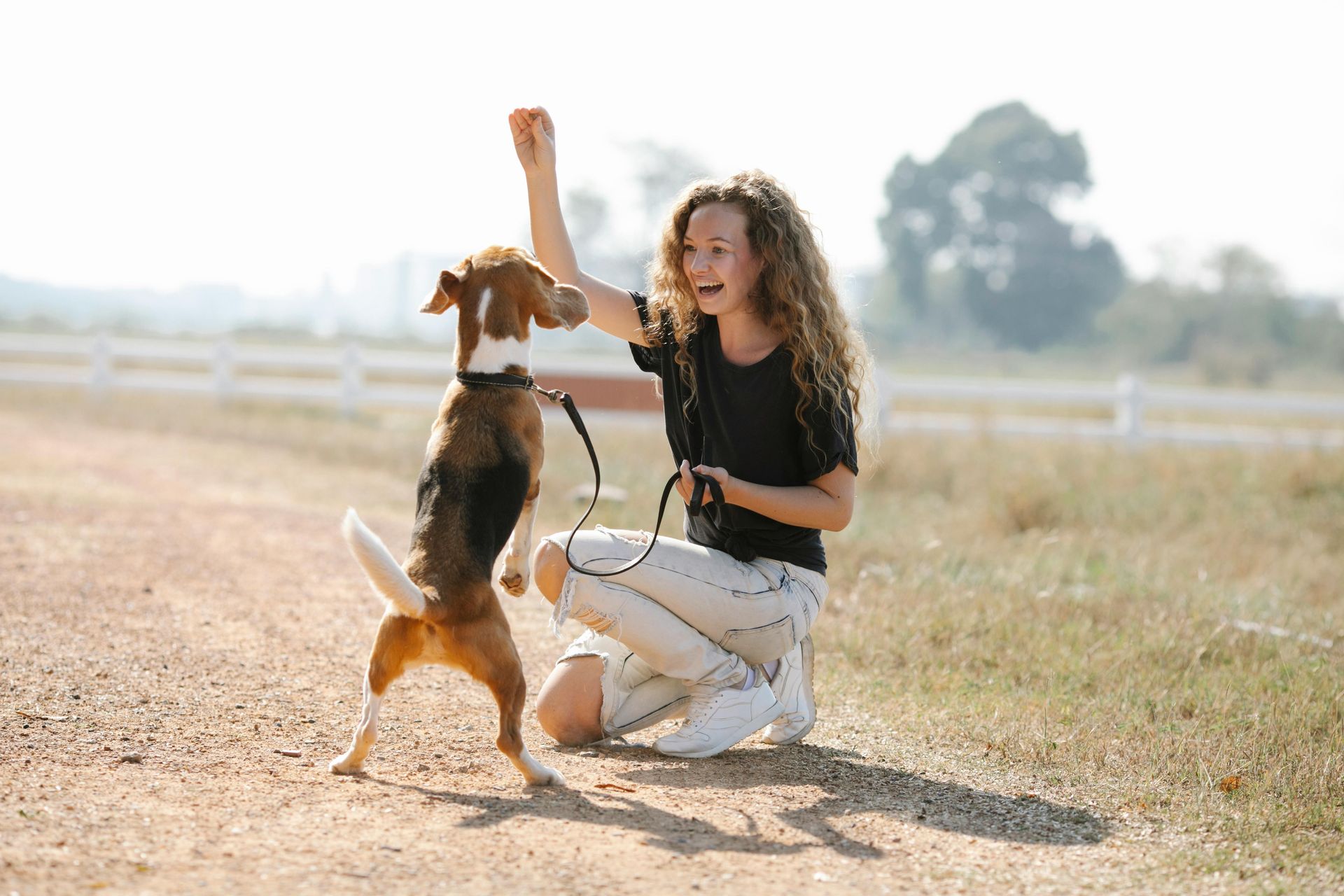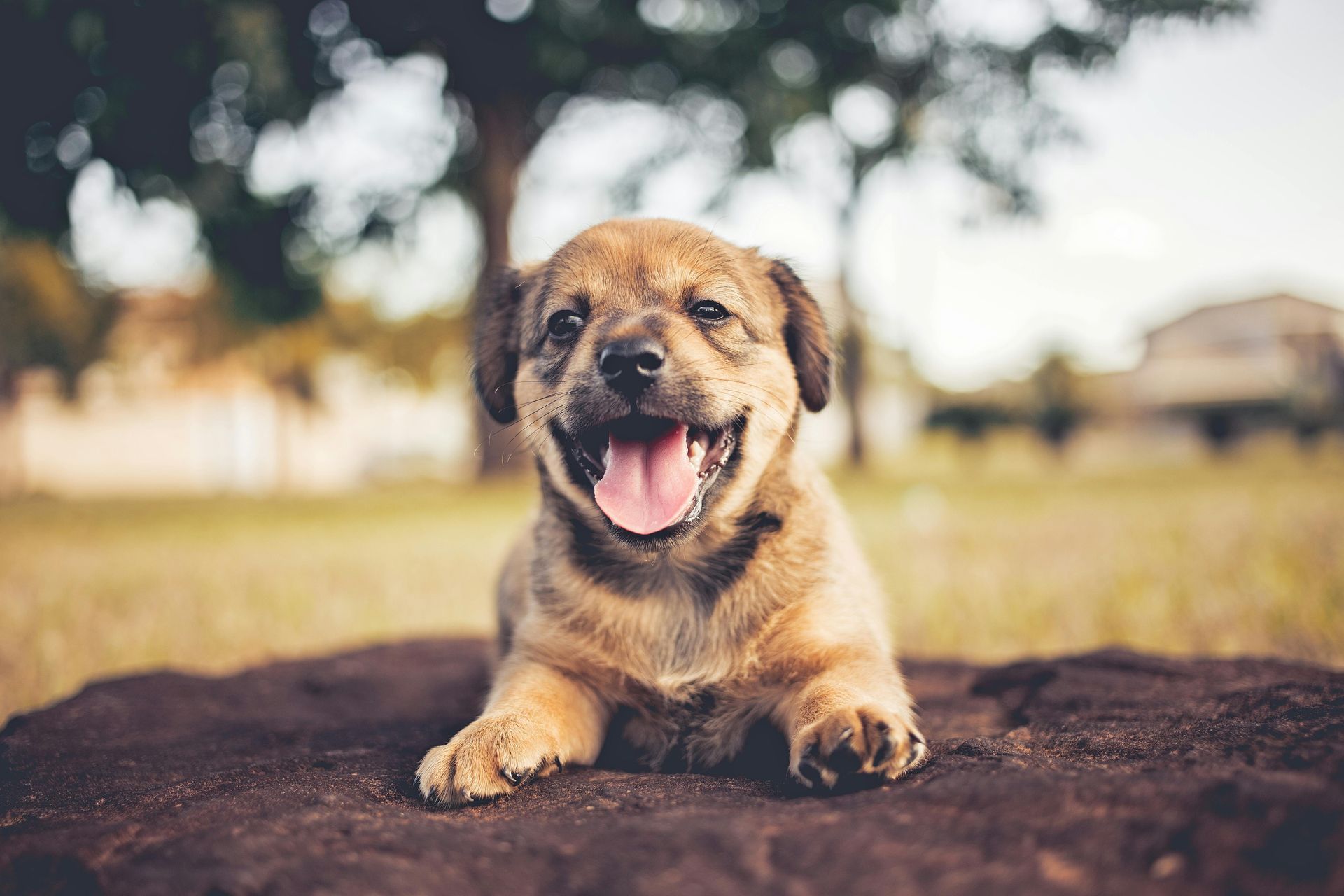What Dog Food Ingredients Should You Avoid?
Choosing the right dog food is crucial for your pet’s overall health and well-being. With so many options on the market, it’s important to recognize which ingredients can be harmful to your dog. Unfortunately, many commercial dog foods contain fillers, additives, and harmful chemicals that provide little nutritional value and may even pose health risks. Here's a list of common ingredients to avoid when selecting dog food.
Why Avoid Certain Ingredients?
Dog food manufacturers often add fillers or low-quality ingredients to meet certain nutrient standards or improve the texture of the food. While this may help with cost efficiency and shelf life, many of these ingredients contribute little to your dog's overall nutrition. In some cases, these ingredients can trigger allergies, digestive issues, and even lead to long-term health problems.
Harmful Dog Food Ingredients to Watch Out For:
- BHA (Butylated Hydroxyanisole): BHA is a chemical preservative often used to extend the shelf life of fats and oils in dog food. Classified as a known carcinogen by the CDC, BHA has been linked to liver and kidney damage in animals. Although allowed in small quantities in the U.S., it’s best to avoid foods containing this ingredient altogether.
- White Flour: Used primarily as a filler, white flour is a processed carbohydrate that provides little to no nutritional value for your dog. It causes rapid spikes and drops in blood sugar, which can contribute to obesity and even diabetes in dogs.
- Unspecified Meat or “Meat Meal”: When you see "meat meal" or "animal by-product" listed without specifying the source, you should be cautious. These ingredients may consist of leftover meats, including fatty tissues and even parts from diseased animals. Always look for foods that specify the meat source, such as "chicken meal" or "beef meal," to ensure higher quality.
- Artificial Colors and Flavorings: Common artificial dyes like Blue 2, Red 40, and Yellow 5 & 6 are unnecessary in dog food. They add no nutritional value and can lead to allergic reactions, hyperactivity, and even more severe health issues over time.
- MSG (Monosodium Glutamate): MSG is used to enhance the flavor of low-quality ingredients. It is hidden under various names, such as hydrolyzed protein or natural flavoring. Frequent consumption of MSG can cause neurological issues and is best avoided in both human and dog food.
- Corn Syrup: This concentrated sweetener, often used in processed foods, can cause rapid spikes in blood sugar. Over time, consuming corn syrup can lead to weight gain, diabetes, and other long-term health issues in dogs.
- Farmed Salmon: Farmed salmon, commonly found in dog food, is often high in pollutants, mercury, and other toxins. Always opt for wild-caught salmon if you want to include this fish in your dog's diet, as it is a much healthier option.
- Xylitol: Xylitol is a sugar substitute that is extremely toxic to dogs, even in small quantities. It can cause rapid blood sugar drops, seizures, liver failure, and death. This ingredient should always be avoided in any form.
- Nitrates and Nitrites: These preservatives, commonly found in processed meats, have been linked to cancer and methemoglobinemia, a blood disorder in dogs. It's best to steer clear of foods containing sodium nitrite or sodium nitrate.
- STPP (Sodium Tripolyphosphate): STPP is often used as a preservative in both human and pet foods, but it's also found in detergents. This chemical is completely unnecessary in your dog’s diet and should be avoided due to its lack of nutritional value and potential harm.
- Rendered Fat: Rendered fat is often listed vaguely on dog food labels, leaving consumers unaware of the fat's source. This can include fat from roadkill, euthanized animals, and other undesirable sources. It is often rancid and filled with harmful toxins, which can have detrimental effects on your dog’s health.
- Propylene Glycol: Found in semi-moist dog foods, propylene glycol is also an ingredient in antifreeze. While small amounts may be deemed safe by the FDA, it’s best to avoid any food that contains this substance.
- Vegetable Oil: Vegetable oil, commonly made from corn or soybean oil, is high in omega-6 fatty acids. While some omega-6 is necessary for health, too much can lead to inflammation and joint issues in dogs. Opt for foods with better fat sources, like fish oil, for balanced fatty acid intake.
- Animal By-Products: Animal by-products are often a vague term used to describe parts of animals not deemed fit for human consumption. While not all by-products are harmful, the lack of specificity allows for low-quality ingredients. When possible, choose dog food that lists specific meat sources for a more nutritious option.
How to Choose a High-Quality Dog Food
- Look for Named Proteins: Foods that list specific meat sources like “chicken,” “beef,” or “lamb” as the first ingredient are usually higher quality.
- Avoid Fillers: Stay away from fillers like corn, soy, and wheat, which provide little nutritional value and can contribute to weight gain and allergies.
- Check for AAFCO Certification: The Association of American Feed Control Officials (AAFCO) ensures dog foods meet basic nutritional requirements. Look for their seal of approval on dog food packaging.
Final Thoughts
Navigating the world of dog food can be challenging but knowing which ingredients to avoid can help you make better choices for your pet. Stick to foods with high-quality, named proteins, and avoid harmful fillers, artificial additives, and unsafe preservatives. By choosing the right food, you'll be giving your dog the nutrition they need for a long, healthy life.
At Best By Farr Dog Training, we’re committed to ensuring your dog not only behaves well but stays healthy. If you need more guidance on choosing the right food for your dog, reach out to us for personalized advice!

